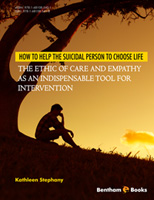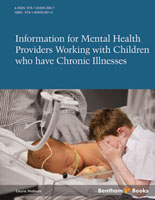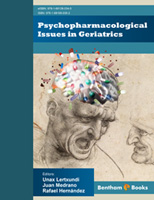Introduction
Substance and Non substance Related Addiction Disorders: Diagnosis and Treatment
is an accessible handbook about the two main types of addiction disorders. It is divided into three sections which cover 1) the scientific underpinnings of addiction disorders (neurobiology, addiction neural reward pathways, genetic and psychosocial basis of addiction, screening and treatment), 2) information about substances commonly used by addicts (pharmacology, diagnostics and treatment considerations) and 3) current understandings of the diagnosis and treatment of behavioral problems (such as gambling), respectively.
Key features:
-covers both substance abuse and behavioral problems
-uses a reader friendly format with a patient education handout style
-includes key learning points listed in each chapter
-includes key learning points listed in each chapter
-includes clinical vignettes which outline brief history, evaluation, diagnostic considerations with successful pharmacological, psychological and social interventions
-includes references in each chapter
The handbook meets the information needs of medical students and professionals (family physicians, nurses, addiction therapists, psychiatry residents, and other health care professionals) interested in the primary care of patients afflicted with addiction disorders.





